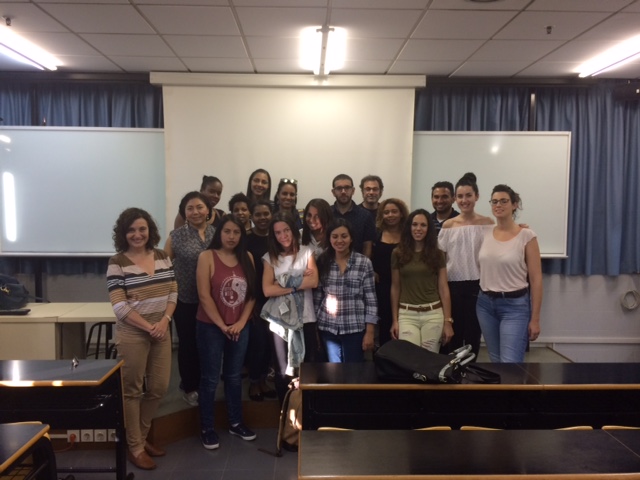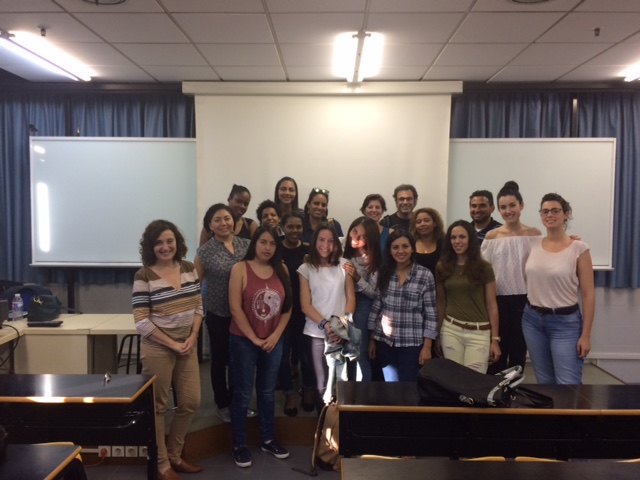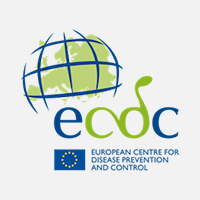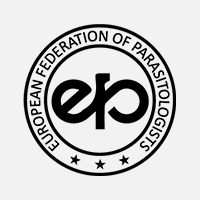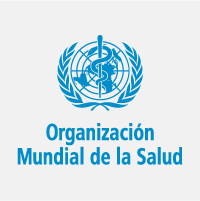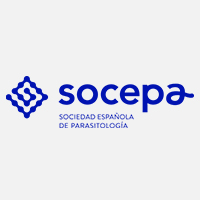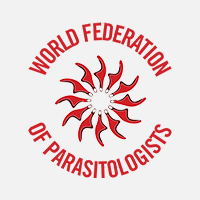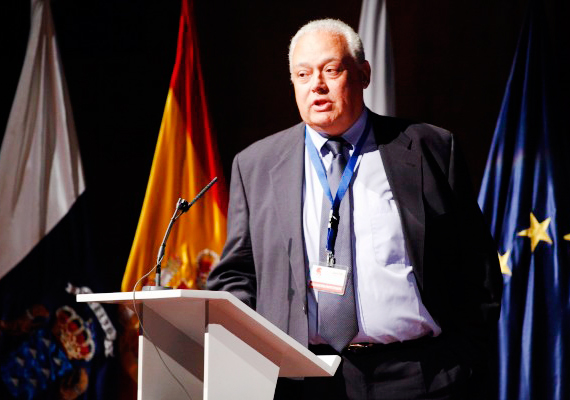
We interview the President-elect of the International Federation of Tropical Medicine on the relationships between the Zika virus epidemic, the neglected or forgotten diseases, the climate change and the global change.
12 february 2016
The World Health Organization (WHO) and director of the Master's Degree in Tropical Parasitic Diseases of the University of Valencia (UV), Santiago Mas-Coma, asking important questions about the virus.
Q: We are aware of the prudence of the World Health Organisation and its unusual trend to launch global alarms and, however there have been several of these alarms in the last years. What’s happening?
A: If we go back in time, we could say that this series of emergency situations due to diseases and epidemics was initiated in the 80s of the last century with the expansion of the HIV virus, which causes AIDS. Significantly later appeared the SARS, then the avian influenza and the swine influenza, the uncontrolled spread of the dengue, after the Ebola outbreak in West Africa, the Schistosomiasis epidemics in Europe originated in the Corsica focus, after the spread of the Chikungunya, and finally the Zika virus nowadays. We should observe that the time elapsed between each two of these situations is shorter every time. To this, we have to add that in all cases we face zoonotic diseases, this is, diseases caused by infectious agents specific from animal that in a certain moment become part of the human, except with the Schistosomiasis outbreak caused by a hybrid human-zoonotic parasitic. And also, in several of these cases it is about vector-borne diseases, this is, infectious agents transmitted by arthropods such as mosquitos or molluscs such as freshwater snails in Schistosomiasis. In all these situations there is an important climate change component, so the modifications of the climate factors as temperature, rainfall, etc., favour the emergency and spread of the agents thereof and the vectors. All this, also, overlaps an important effect of the global change, including an increase of emigration/immigration, travels and modifications of the external environment, facilitating the transmission of these diseases. In fact, the experts were already waiting for a new emergency of an infectious disease, but we didn’t know which one was going to be. And it was the Zika virus.
Q: It is surprising, and frightening at the same time, the speed at which the Zika virus has spread across Latin America in few months.
A: In the case of the Zika virus we are in front of a truly forgotten or neglected disease, because this virus hadn’t enough attention due to the low number of affected people previously and due to its low pathogenic in humans. In fact, only one out of four or five infected people by the bite of the Aedes mosquito develops symptoms and when these appear symptoms are always mild. This lack of attention explains, thus, the ignorance we have about various crucial aspects of its transmission, essentially directly between humans without the intervention of a mosquito, as well as about its secondary clinical consequences, and relationships with microcephaly in new born babies or the Guillain-Barré syndrome. I am not sure whether we have to interpret this outbreak of diagnosed cases in many American countries as an indication that the virus has quickly spread. I think it is more logical to think it was already expanded with the time and with the expansion of the Aedes mosquitos species in the last years, and that before the cases was any case diagnosed or confused with the dengue or Chikungunya infections, two diseases clinically similar, with overlap of geographical distribution and using the same vector mosquitos. Think that the last accurate diagnosis we have is the identification of the virus in the patient’s blood. It is now, with the Zika’s leap to the media due essentially to its parallelism with the microcephaly cases, when the health responsible are starting to think on the possibility that their patients are actually infected with the Zika virus. To sum up, all these is now being studied by experts and we hope it to be soon clarified.
Q: It is possible to expect a spread as fast as this Zika virus in the rest of the world, included Spain?
A: The Aedes mosquitos species such as the Aedes aegypti and the Aedes albopictus experienced an enormous geographical expansion in the last years, reaching countries in all continents. In Spain, for example, Aedes albopictus has spread along all the Mediterranean coast, from Catalonia to Andalusia, despite its recent introduction. These two species are the most important vectors, since they are antropophilic mosquitos. If the vectors are present, the disease can be introduced and spread, but the probability of that happening depends on the existence of high population concentrations of these mosquitos, which does not happen everywhere. But the Zika virus is exceptional due to its capacity of being transmitted from one human being to another via three ways: A) Sexually through the semen; B) vertically, transplacental, from pregnant mother to the foetus; and C) via the blood-borne. Now we know that this virus is in emergency and with this information about its transmission we can cut its introduction and spread. In developed countries with a good monitoring system as is Spain, the quick detection of an infected patient, allows its isolation stopping the transmission of the disease, trough mosquitos or trough humans.








